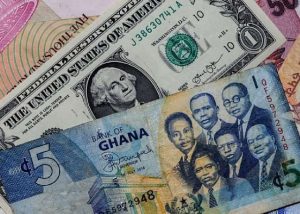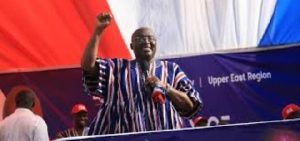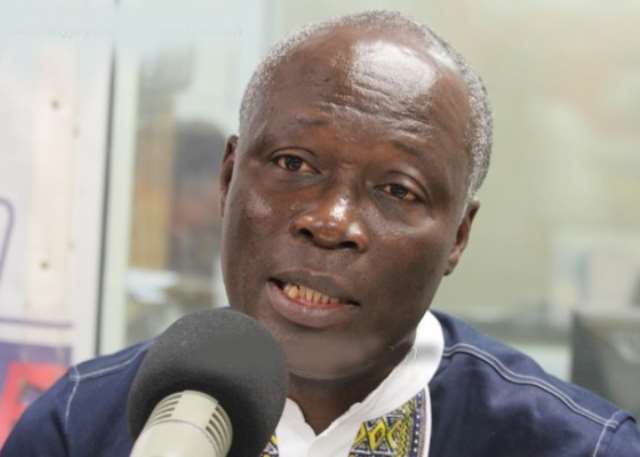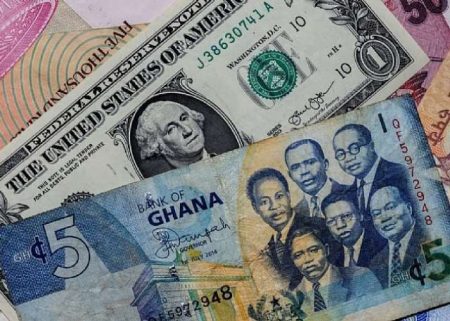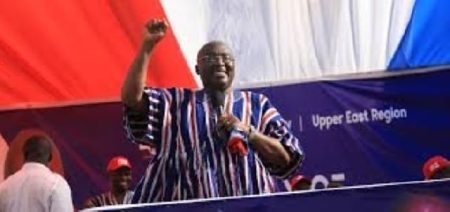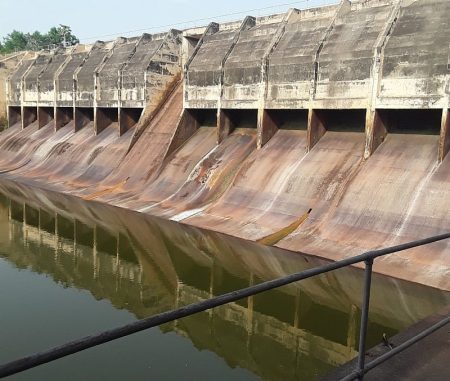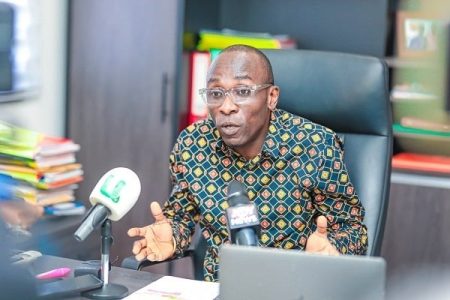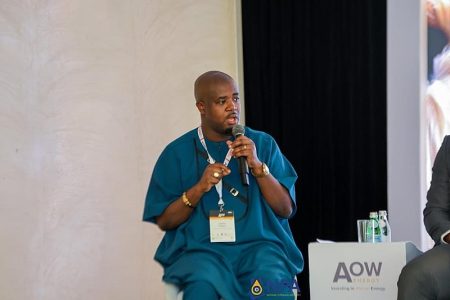The Minority’s Plea and the Government’s Response: A Clash of Perspectives on the Petition Against Chief Justice Torkornoo
The political landscape in Ghana has been recently enlivened by a petition filed against Chief Justice Gertrude Torkornoo, sparking a heated debate between the ruling party and the opposition. The Minority in Parliament has appealed to influential figures, including religious and traditional leaders, to intervene and persuade President John Dramani Mahama to halt the constitutional process concerning the Chief Justice. They argue that the petition lacks merit and fails to satisfy the constitutional requirements for removal. This move has been met with sharp criticism from Nii Lantey Vanderpuye, National Coordinator of the District Road Improvement Programme (DRIP), who accuses the Minority of engaging in a desperate bid for relevance.
Vanderpuye dismissed the Minority’s appeal as predictable and driven by a desire to remain in the public eye. He contends that the Minority’s eagerness to be heard stems from their perceived marginalization in the political arena. Vanderpuye emphasizes the importance of allowing the constitutional process to unfold without interference. He argues that established legal procedures exist to address such matters, and that political maneuvering should not obstruct due process. He asserts that only after the completion of the constitutional process will the validity of the allegations against Chief Justice Torkornoo be determined.
While Vanderpuye acknowledges his personal respect for the Chief Justice, he also alludes to information he claims to have received from sources within the judiciary, suggesting that her public image might not fully reflect reality. He notes a perceived discrepancy between her outward demeanor and the accounts he has heard regarding her conduct. Vanderpuye cautiously refrains from making a definitive judgment, stating that he prefers to give the Chief Justice the benefit of the doubt, hoping the negative reports are untrue. However, his comments suggest a degree of skepticism towards the perceived saintly image of the Chief Justice.
Vanderpuye’s remarks reveal a strategic anticipation of the Minority’s actions. He suggests that the government has already foreseen the steps the opposition would take, highlighting their predictability. This assertion underscores the ongoing political maneuvering between the ruling party and the opposition, with both sides seemingly attempting to anticipate and counter each other’s moves. This exchange highlights the dynamic nature of Ghanaian politics, where strategic calculations and public perception play significant roles.
This unfolding situation raises important questions about the balance between due process and political considerations. The Minority’s appeal to external influencers could be interpreted as an attempt to circumvent established legal procedures. Conversely, the government’s apparent anticipation of the Minority’s actions might suggest a level of political calculation in their response. The ongoing debate underscores the complexities of navigating politically sensitive situations within a constitutional framework.
In conclusion, the petition against Chief Justice Torkornoo has ignited a political firestorm in Ghana, with the Minority and the ruling party engaging in a war of words. The Minority’s appeal for intervention has been met with accusations of political posturing, while the government’s response highlights the strategic interplay between political maneuvering and respect for constitutional processes. The situation underscores the delicate balance between upholding the rule of law and navigating the realities of a dynamic political landscape. The outcome of the constitutional process will undoubtedly have significant implications for the judiciary and the political climate in Ghana. The controversy surrounding Chief Justice Torkornoo’s tenure is far from over, and its ramifications will continue to shape the political discourse in the months to come.



